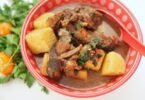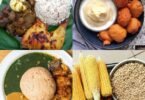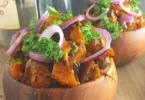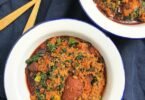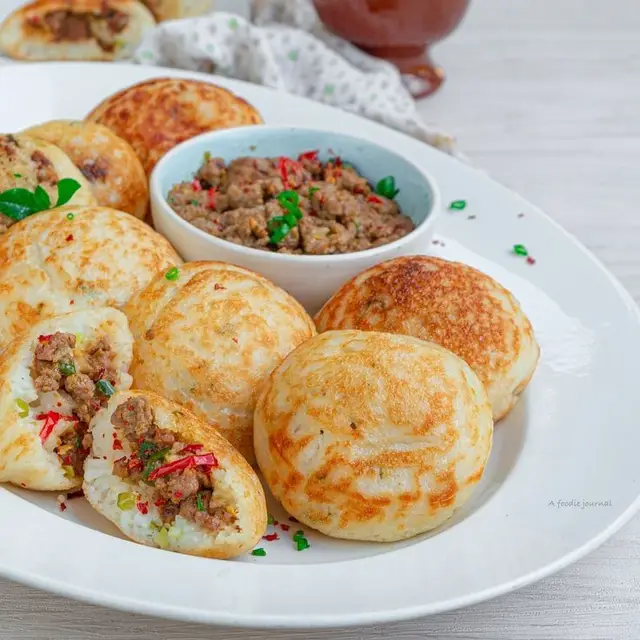
The Hausa ethnic group from West Africa anchored predominantly in Northern Nigeria has its own culture of which they express through their diet. Like all other foods encountered around the globe, traditional Hausa food is not just a method of feeding but also a way of presenting their past, practices in farming, and culture. The cuisine is therefore more often than not ‘plain’ but tasty, traditional and derived from locally obtained produce which is also enriched with cultural and religious values.
This article focuses on some of the preferred group B Hausa foods, their method of preparation, and their cultural significance.
1. Tuwo Shinkafa: The Iconic Staple
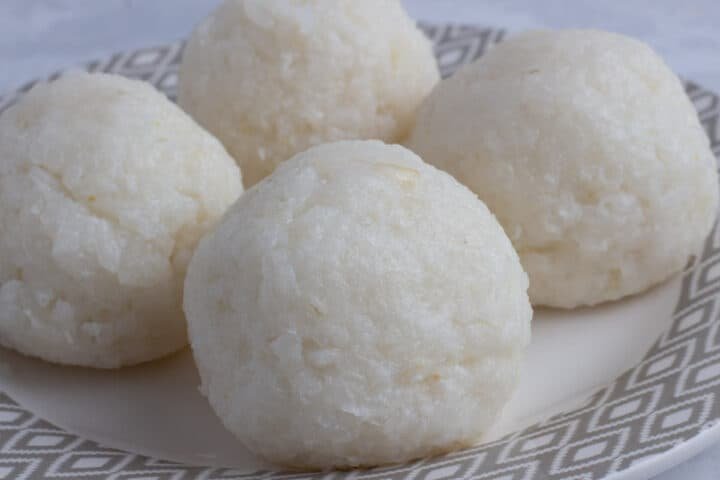
Tuwo Shinkafa is a traditional Hausa meal which is prepared from mashed rice or sometimes maize flour. It is often consumed alongside many types of soups, and stews and is highly prized in most households.
Preparation:
- When properly prepared, rice is softened to a mushy state into which some kind of dough is fashioned.
- It is customarily eaten with soups such soups as Miyan Kuka (Baobab leaf)or Miyan Taushe (Pumpkin).
Cultural Significance:
- Tuwo Shinkafa is a swallow meal and is commonly prepared on occasions such as family reunions, wedding ceremonies & festivities.
- The solidity of its components and the fact that it is a dish that doesn’t take much time to be cooked means that is is associated with comfort and welcome.
2. Miyan Kuka: The Baobab Delight
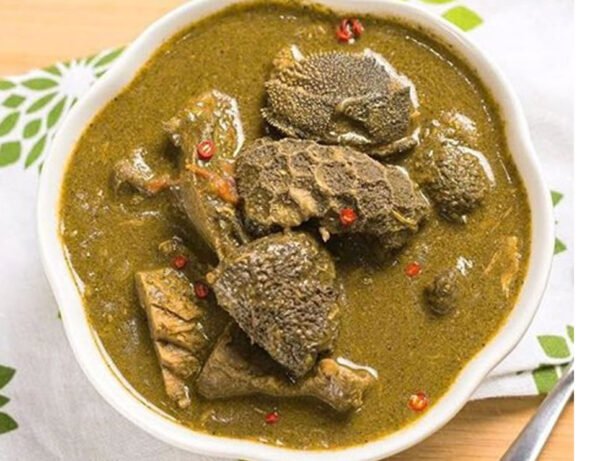
Miyan Kuka is a traditional soup made from dried and ground baobab leaves, giving it a unique flavor and texture. Known for its greenish hue, it is often paired with Tuwo Shinkafa.
Ingredients:
- Baobab leaf powder
- Groundnut oil or palm oil
- Spices, including dried pepper and locust beans (Daddawa)
- Meat or fish for added flavor
Cultural Significance:
- In most African cultures, baobab trees hold enormous cultural value and Miyan Kuka’s use of baobab leaves is a way of relating to a traditional past with the environment.
- The nutritive value of the soup given by its generous amount of vitamin and minerals support what was earlier said about Hausa people and their focus on healthy foods.
3. Fura da Nono: A Refreshing Treat
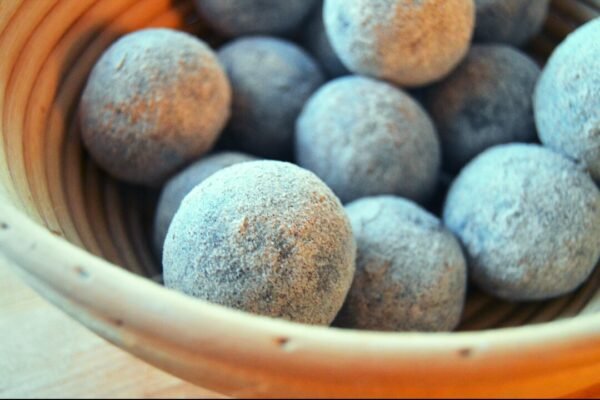
Fura da Nono is one of the favorite local foods of the Hausa people that consist of a millet dough (Fura) and soured cow’s milk (Nono). Thisské is a cooling dish, which is more often a dish or a snack.
Preparation:
- The millet grains are converted to flour, food is prepared by mixing the flour with water and this cooked food is pressed into small round dough balls.
- The balls are cooked and later on, crushed to form a paste using fermented milk.
Cultural Significance:
- Common among the nomadic Fulani herders, Fura da Nono is a clear representation of the correlated traditions of the Hausa and Fulani.
- It is best known as a token, which is given to visitors or travellers to show kindness.
4. Dambu Nama: Hausa-Style Meat Floss
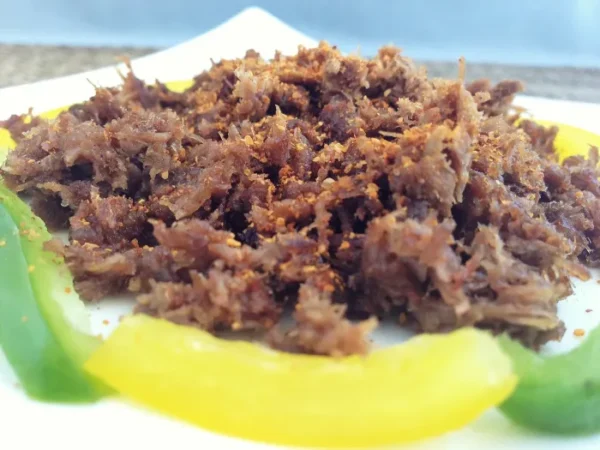
Dambu Nama is a highly flavoured snack food preparation made from fermented and ground meat like beef, mutton etc. This is a traditional festive food, and it is also taken often as an accompaniment to other dishes mainly due to its high protein content.
Preparation:
- Meat is soaked in spices and then stewed, it is then chopped finely, then fried together with chopped onions, oil and another set of spices.
- It is tapped in airtight containers and thus can be consumed as a convenient and long-term meal.
Cultural Significance:
- Dambu Nama is a highlight during celebrations like Sallah and weddings, symbolizing abundance and joy.
- Its preparation demonstrates the Hausa people’s resourcefulness in preserving food, a vital skill in arid regions.
5. Waina (Masa): The Hausa Pancake
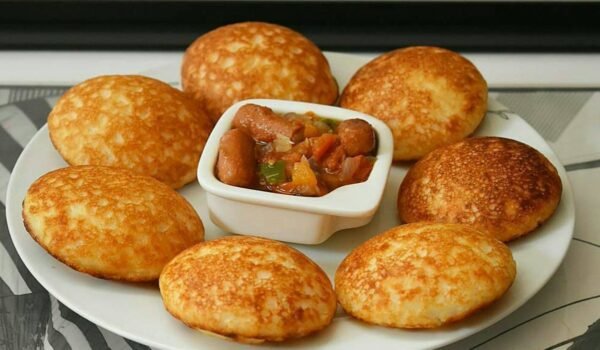
Waina, also known as Masa, is a fluffy, slightly sweet rice cake that resembles a pancake. It is a versatile dish, served with soups, stews, or sweet toppings.
Preparation:
- Rice is soaked, blended into a smooth batter, and fermented overnight.
- The batter is cooked in a specially designed pan, resulting in small, round cakes.
Cultural Significance:
- Waina is often associated with communal feasts, symbolizing togetherness and festivity.
- The fermentation process reflects the Hausa people’s culinary ingenuity and patience.
6. Kilishi: The Hausa Beef Jerky
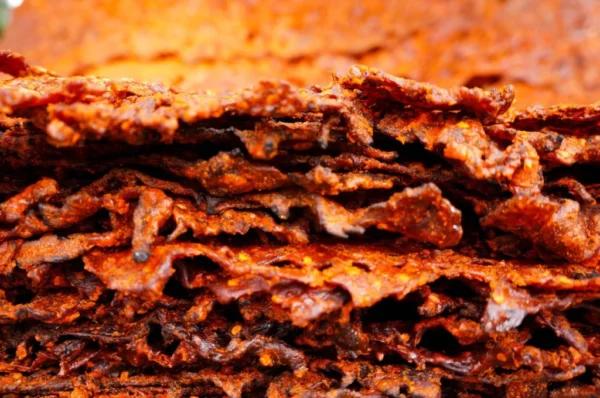
Kilishi on the other hand is a barbequed, dried and spiced meat snack, usually resembling a sort of jerky but with strong Hausa undertones. Often cited as a local as well as a tourist attraction.
Preparation:
- The meat which is in thin gore-inga is marinated in a spice mix-up of groundnut paste, pepper and other appropriate seasonings.
- It is usually sun-dried or commercially dried with the help of a machine called a kiln before grilling or roasting.
Cultural Significance:
- In that sense, Kilishi is the expression of the Hausa’s ability to preserve meat, which was important given the fact that the Hausa ethnic group lives a largely rural life.
- It is traditionally used as a present and its message is usually as good friends with you.
7. Dan Wake: Nutritious Dumplings
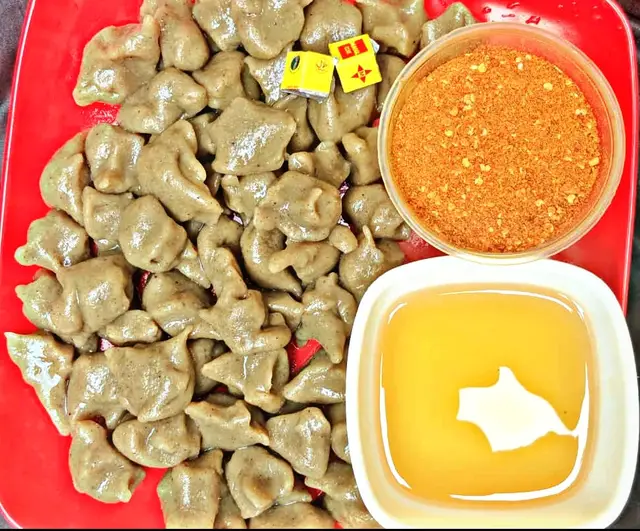
Dan Wake which literally means son of beans is a traditional meal prepared from bean flour or millet. These dumplings, however, are referred to as plain and nutritious ones.
Preparation:
- Beans or millet flour is washed with water and then sweated to softness after which it is shaped into small balls which is boiled.
- It is accompanied by pepper, groundnut oil and vegetables.
Cultural Significance:
- Dan Wake is an affordable, energy-rich meal, reflecting the practicality and frugality of Hausa cuisine.
- Its role as a comfort food ties it to family life and everyday sustenance.
8. Kunu: The Hausa Beverage
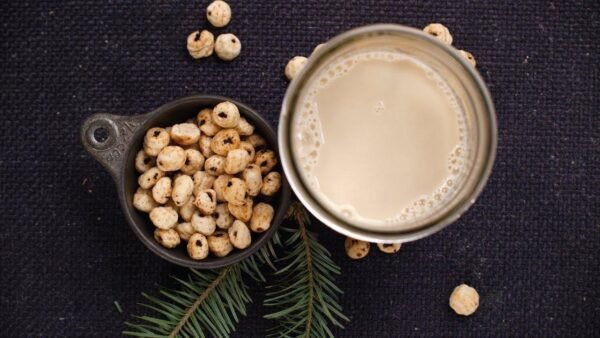
Kunu is a traditional non-alcoholic drink made from grains like millet, sorghum, or maize. It is a staple at Hausa ceremonies and gatherings.
Types of Kunu:
- Kunu Zaki: Sweetened with spices like ginger and cloves.
- Kunu Aya: Made from tiger nuts for a creamy, rich flavor.
Cultural Significance:
- Kunu is an integral part of Hausa hospitality, often served to guests as a welcome drink.
- It symbolizes unity and celebration, commonly enjoyed during festivals and social events.
9. Zobo Drink: A Hibiscus Infusion
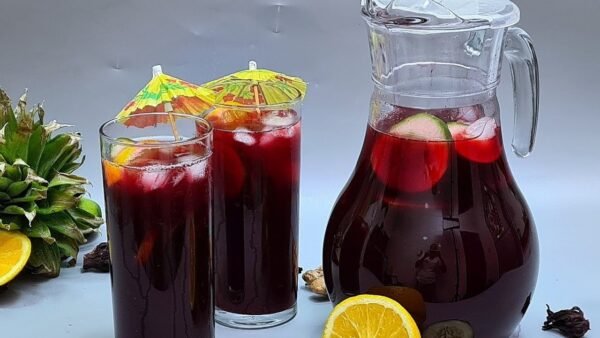
Zobo is a refreshing beverage made from dried hibiscus petals, sweetened with sugar, and flavored with ginger or pineapple.
Preparation:
- Hibiscus petals are boiled with water, ginger, and spices, then sweetened and chilled.
- It is often served cold, making it a favorite during hot weather.
Cultural Significance:
- Zobo is a vibrant symbol of Hausa creativity, transforming natural ingredients into a beloved drink.
- It is popular during weddings and other joyous occasions, adding a colorful touch to celebrations.
10. Agriculture and Food Values in Hausa Culture
Hausa cuisine is deeply tied to the region’s agricultural practices. The reliance on locally grown ingredients such as millet, sorghum, rice, and legumes reflects the people’s adaptability and resourcefulness.
Key Values:
- Sustainability: Traditional Hausa meal preparation is believed to have used locally available and in-season products.
- Health and Nutrition: A lot of the Hausa dishes contain nutritional value, this shows the community do have information concerning balance diet.
- Hospitality: Food is central to Hausa hospitality, embodying generosity and communal living.
Conclusion
The Hausa traditional food delicacies and are fascinating cuisines that strongly represent Hausa food eating culture of today. Whether it’s the ease involved when preparing Tuwo Shinkafa or the time-consuming process of preparing Kilishi, every food has a history, tradition, and culture of the Hausa people. In this manner, culinary traditions of contemporary Hausa blessings continue to evolve and experience lifts, which bear witness to the strong cultural value of Microsystems’ population.

